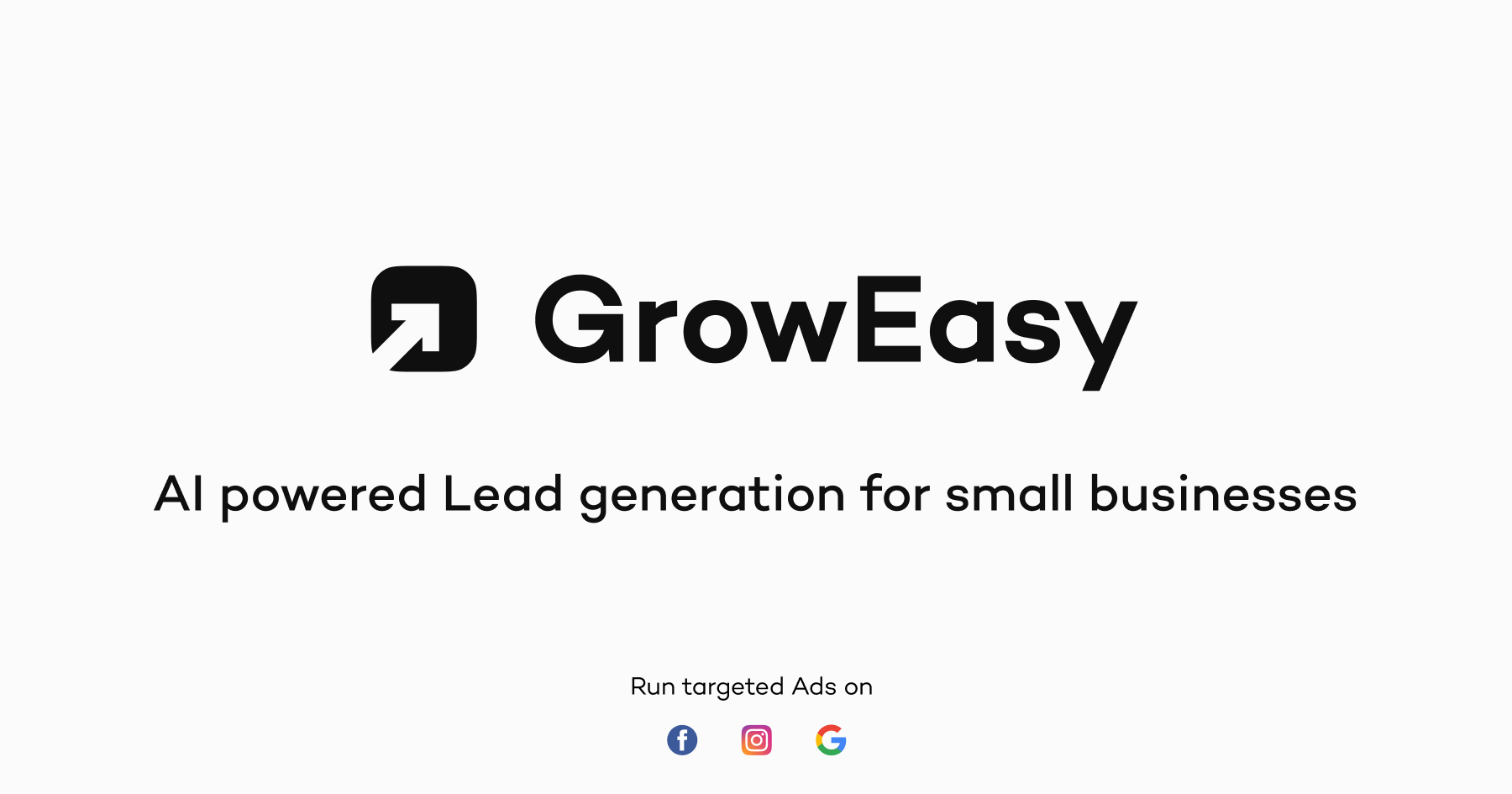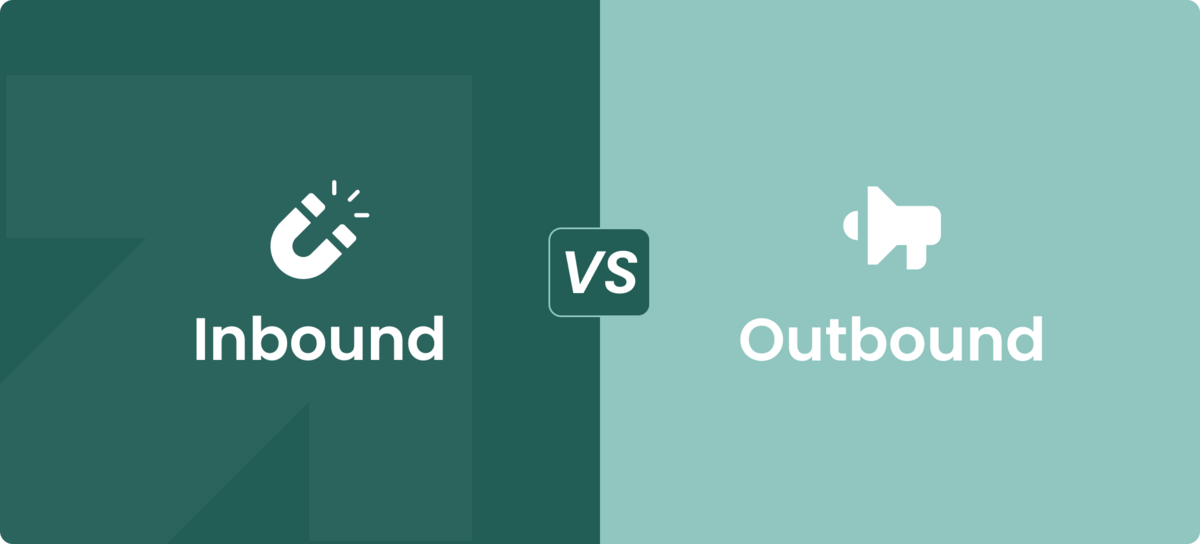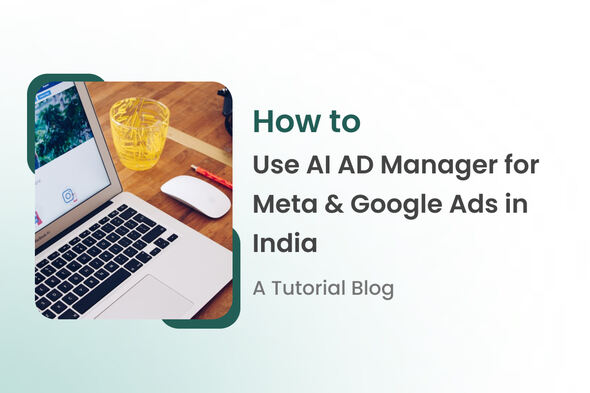Understanding the difference between inbound and outbound lead generation is essential for building a successful marketing strategy in today’s competitive landscape. In this guide, we break down inbound lead generation vs outbound lead generation, highlight the unique strengths of each method, and show how combining these approaches can maximize your results. Whether you want to attract qualified leads organically or reach new customers directly, learning the key differences between inbound and outbound strategies will help your business grow smarter and faster.
What is Inbound Lead Generation?

Inbound lead generation is a strategy focused on attracting potential customers to your business through valuable content and interactions. This method relies on creating content that addresses the needs and pain points of your target audience, drawing them in organically. Rather than interrupting potential customers with unsolicited messages, inbound marketing seeks to provide value and build trust, encouraging prospects to engage with your brand on their own terms.
Inbound marketing typically involves several key tactics. Content marketing is at the heart of inbound strategies, where businesses produce blog posts, eBooks, videos, webinars, and more to educate and inform their audience. Search engine optimization (SEO) is another critical component, ensuring that your content ranks highly in search engine results pages (SERPs) so potential leads can find you when searching for relevant topics. Social media engagement is also essential, as it allows you to connect with your audience, share content, and build relationships on platforms where they spend their time.
Advantages of Inbound Lead Generation
Inbound lead generation offers several advantages. It tends to be more cost-effective over time, as it builds a sustainable flow of organic leads. By providing valuable content, you position your business as an authority in your industry, which builds trust with potential leads. Additionally, inbound strategies can generate leads over the long term, as your content continues to attract visitors. This approach fosters a more positive brand image since prospects come to you seeking solutions rather than feeling interrupted by unsolicited messages.
Another significant advantage is the higher quality of leads generated through inbound marketing. Since these leads have actively shown interest in your content and offerings, they are typically more engaged and further along in their buying journey. This means they are more likely to convert into customers, making your sales efforts more efficient and effective.
What is Outbound Lead Generation?
Outbound lead generation involves proactively reaching out to potential customers to spark their interest in your products or services. This approach is more direct and often involves a larger initial investment but can yield immediate results. Outbound marketing is characterized by its push strategy, where businesses initiate the conversation and attempt to capture the attention of prospects through various direct channels.
Outbound lead generation typically includes techniques such as cold calling, direct mail, and email blasts to contact potential leads directly. Paid advertising is another key component, with businesses using platforms like Google Ads, LinkedIn Ads, and Facebook Ads to reach a wider audience quickly. Outbound efforts can also involve purchasing lead lists to expand your reach and provide immediate contact opportunities. Participating in industry events and trade shows provides opportunities for direct networking and lead generation as well.
Advantages of Outbound Lead Generation
Outbound lead generation can generate leads quickly, providing immediate opportunities for sales. Outbound methods can reach a wide audience, including those who may not be actively searching for your product or service. Additionally, outbound strategies allow for precise targeting based on demographics, job titles, industries, and other criteria. This targeted approach can be particularly effective for businesses looking to connect with specific segments of their market.
Another advantage of outbound lead generation is the control it offers over the messaging and timing. Businesses can craft specific messages tailored to different audience segments and deliver them at strategic times to maximize impact. This level of control can be beneficial for launching new products, entering new markets, or promoting time-sensitive offers.
Key Differences Between Inbound and Outbound Lead Generation
Inbound and outbound lead generation are two distinct approaches to attracting and engaging potential customers. Here are the key differences between the two:
1. Approach and Strategy
- Inbound Lead Generation: Inbound lead generation focuses on attracting potential customers through valuable content and interactions. It is a pull strategy, where businesses create content that addresses the needs and pain points of their target audience, drawing them in organically. The goal is to provide value and build trust, encouraging prospects to engage with the brand on their own terms.
- Outbound Lead Generation: Outbound lead generation involves proactively reaching out to potential customers to spark their interest in your products or services. It is a push strategy, where businesses initiate the conversation and attempt to capture the attention of prospects through various direct channels. This approach is more direct and often requires a larger initial investment but can yield immediate results.
2. Methods and Tactics
- Inbound Lead Generation:
- Content marketing (blog posts, eBooks, videos, webinars)
- Search engine optimization (SEO)
- Social media engagement
- Email marketing campaigns
- Website and landing page optimization
- Outbound Lead Generation:
- Cold calling
- Direct mail
- Email blasts
- Paid advertising (Google Ads, LinkedIn Ads, Facebook Ads)
- Purchasing lead lists
- Participating in industry events and trade shows
3. Audience Engagement
- Inbound Lead Generation: Inbound strategies focus on creating content that attracts and engages prospects who are actively seeking information related to their needs. The leads generated through inbound methods are often more engaged and further along in their buying journey, as they have shown interest in your content and offerings.
- Outbound Lead Generation: Outbound strategies involve reaching out to individuals who may not have previously shown interest in your offerings. This can lead to quicker results, but the leads generated may not always be as engaged or receptive as those obtained through inbound methods.
4. Cost and Investment
- Inbound Lead Generation: Inbound marketing tends to be more cost-effective over time, as it builds a sustainable flow of organic leads. The initial investment involves creating high-quality content and optimizing it for search engines, but the ongoing costs are relatively low once the content is in place.
- Outbound Lead Generation: Outbound marketing often requires a larger initial investment in terms of both time and money. The costs associated with purchasing lead lists, running paid ad campaigns, and executing cold outreach efforts can add up quickly. However, outbound methods can generate leads quickly, providing immediate opportunities for sales.
5. Control and Targeting
- Inbound Lead Generation: Inbound strategies rely on attracting prospects who find your content valuable and relevant. This approach is more passive and depends on the prospect's initiative to engage with your brand.
- Outbound Lead Generation: Outbound strategies offer greater control over the messaging and timing of outreach. Businesses can craft specific messages tailored to different audience segments and deliver them at strategic times to maximize impact. This level of control can be beneficial for launching new products, entering new markets, or promoting time-sensitive offers.
6. Measurement and ROI
- Inbound Lead Generation: Measuring the exact return on investment (ROI) for inbound activities can be complex due to the long-term nature of the strategy. The results of inbound marketing efforts may take time to materialize, and businesses must be prepared to invest in high-quality content creation and SEO over an extended period before they see substantial returns.
- Outbound Lead Generation: Outbound strategies often provide more immediate and measurable results. Businesses can track the performance of individual campaigns and adjust their tactics based on response rates and conversion metrics. This can make it easier to measure the ROI of outbound efforts and justify the investment.
Understanding these key differences can help you determine which lead generation strategies are best suited for your business and how to integrate them effectively for maximum impact.
Challenges of Inbound Lead Generation
One of the main challenges of inbound lead generation is the time it takes to see significant results. Building a robust content library and achieving high search engine rankings requires patience and consistent effort. Additionally, measuring the exact return on investment (ROI) for inbound activities can be complex due to the long-term nature of the strategy. Businesses must be prepared to invest in high-quality content creation and SEO over an extended period before they see substantial returns.
Another challenge is the competitive landscape. With so many businesses adopting inbound strategies, standing out and capturing the attention of your target audience can be difficult. It requires a deep understanding of your audience's needs and the ability to create genuinely valuable and differentiated content.
Examples of Inbound Lead Generation
Successful examples of inbound lead generation include companies like HubSpot and Moz, which have built extensive libraries of valuable content, including blog posts, eBooks, and webinars, to attract and engage their target audiences. By providing resources that address their audience's pain points, these companies have established themselves as industry leaders and generated a steady stream of leads.
HubSpot, for example, offers a range of free tools and resources, such as their Marketing Grader and CRM, which attract potential customers by providing immediate value. Moz, known for its expertise in SEO, publishes in-depth guides, blog posts, and research that help marketers improve their search engine rankings, drawing in a large audience interested in SEO.
Challenges of Outbound Lead Generation
Outbound lead generation faces challenges such as higher costs and potential negative reactions from recipients who may view unsolicited contact as intrusive. Additionally, outbound strategies often require a larger initial investment in terms of both time and money. The costs associated with purchasing lead lists, running paid ad campaigns, and executing cold outreach efforts can add up quickly.
Another challenge is the declining effectiveness of certain outbound techniques. For example, cold calling and unsolicited emails often face resistance from recipients who are increasingly wary of spam and telemarketing. This has led to lower response rates and higher barriers to entry for outbound strategies.
Examples of Outbound Lead Generation
Examples of successful outbound lead generation include Salesforce's use of targeted email campaigns and LinkedIn's utilization of InMail to reach potential leads. These companies have leveraged outbound strategies to quickly generate interest and drive sales. Salesforce, for instance, uses personalized email outreach to connect with prospects, offering tailored solutions and demonstrating their value proposition. LinkedIn's InMail allows businesses to send direct messages to potential leads based on specific criteria, enabling highly targeted outreach efforts.
Conclusion
Understanding the key differences between inbound and outbound lead generation is essential for developing a successful marketing strategy. Inbound lead generation focuses on attracting leads through valuable content and building long-term relationships, while outbound lead generation involves proactively reaching out to potential customers for immediate results. Both approaches have their unique strengths and challenges, but when combined, they can create a powerful lead generation strategy that maximizes your business's potential.

Are you ready to take your lead generation efforts to the next level? At GrowEasy, we specialize in creating customized strategies that blend the best of inbound and outbound techniques. Our expert team can help you attract, engage, and convert high-quality leads, driving your business growth. We understand the nuances of both strategies and can tailor our approach to meet your specific needs and goals.
Why choose GrowEasy? We believe in delivering extraordinary results through innovative solutions. Our holistic approach ensures that you not only reach your target audience but also build lasting relationships that lead to sustained business success. With GrowEasy, you get more than just leads—you get a partner dedicated to your growth and success.
Don't settle for ordinary when extraordinary results are within reach. Contact GrowEasy today and let's make your lead generation strategy a winning one!






